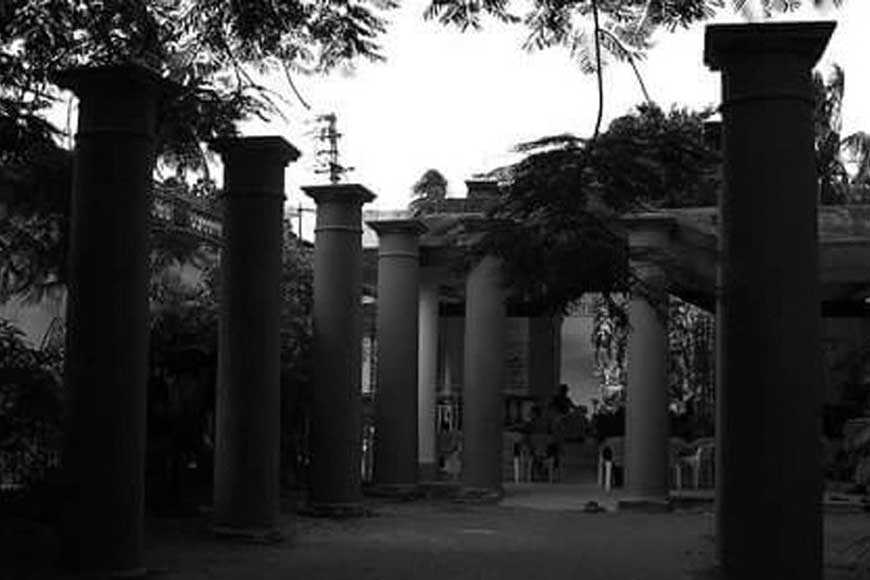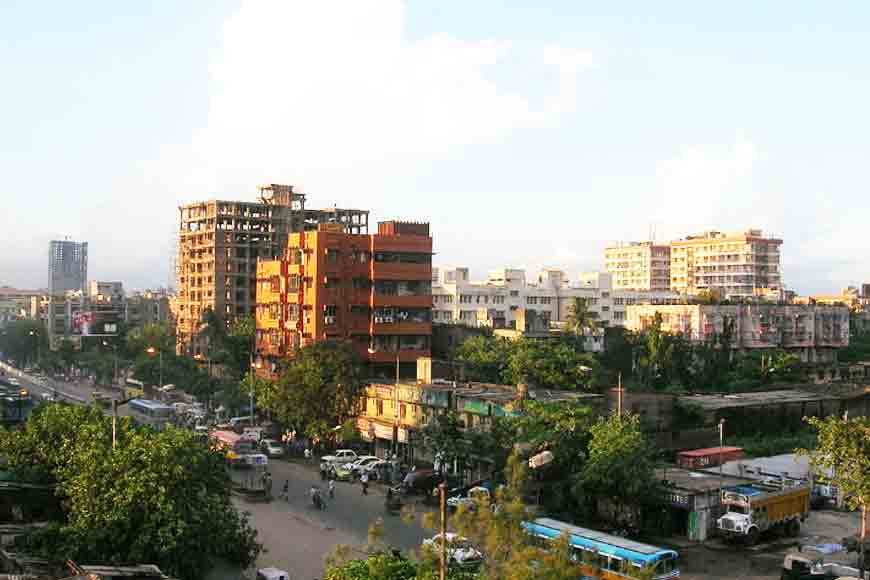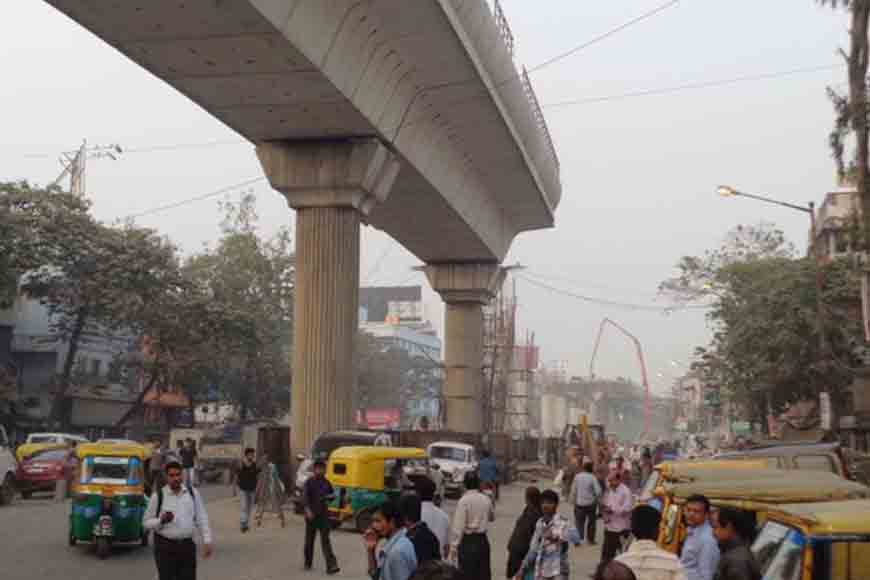Did you know Behala is older than 330-year-old Kolkata?

If you thought Kolkata is more than 300 years old, here is a part of present-day Kolkata that is almost 800 years old! One of the busiest and chaotic part of Kolkata, where both old and new reign is Behala, that has thrived since last 800 years.
According to folklore a bhela (boat made with the bark of banana plant) carrying Sati Behula and her deceased husband Lakhinder, went down Gangur River on its way to the sea. In those days, rivers and their courses were different from what they are today. Such as Ganga and her tributaries have changed their course time and again. The Hooghly River did not flow the way we see it today. The narrow, trapped ditch that we call ‘Adiganga,’ used to be the main track of the vast Ganges. It took a sharp turn at Chitpur and moved on towards Betor, Kalighat, Baruipur, before the journey terminated at Bay of Bengal. Apparently, Behula’s boat had stopped on the banks of the river, and the place where it stopped, came to be known as Behula’s Ghat, and later as Behala.

This was in the 12th century, when the Pala kings ruled Bengal. Manasamangal Kāvya, the oldest of the Mangal-Kāvyas, was composed during this period. It narrates how the snake-goddess Manasa forcefully established herself in the pantheon of Hindu gods. Various Mangal-Kāvyas existed even before this, circulated as part of the age-old oral tradition. Behala during 12th-century was covered by dense jungle and was part of the Sunderbans mangrove forest. It was inhabited mostly by beekeepers (apiary) and fishermen and they were ruled by Dhananjay Mitra, a man from upper Kayastha caste. As per records, his name appears as the first zamindar of the area. He was a devotee of Goddess Chandi and she is also known as Bahula. Many researchers say the place was named Behala to glorify and pay respect to the goddess.
Behala was a perpetually crowded place as pilgrims on their way to Kalighat or on their way to Gangasagar, had to pass through this locality. Business and commerce flourished due to easy access to river and gradually the financial condition of the people living in the area improved manifold. All this was centuries before anyone had even heard of ‘Calcutta.’ Behala was then a conglomerate of small hamlets and each cluster ended with the name ‘Behala’ affixed to it, for instance Bajarbehala, Borshebehala (Borisha), Sarshoonbehala (Sarsoona) etc. These and other similar names like Rajarbaganbehala, Sahapurbehala, Naskarpurbehala, Santoshbatibehala still remain in the official municipal register.
Also read : Is Chowringhee older than Kolkata?
In the 15th century, Basanta Roy was an important and respected man and was one of the Baro Bhuiyans (12 landlords) who ruled from his seat at Sarshoon behala. The history of Sarsoona dates back even further. Several centuries ago, Alexandrian astronomer (of the 2nd century) Claudius Ptolemy had drawn the map of India where he pointed at a place and mentioned it as ‘Basin Salsoona.’ Other ancient documents also mention Saroona, Raigarh and many other small villages. Zamindar Basanta Roy was defeated and killed and his land was usurped by King Pratapaditya, ruler of Jessore. Mughal Emperor Akbar was at the helm of power then. He sent his trusted lieutenant Mansingh to stall Pratapaditya’s march. Pratapaditya was defeated in the war. A Bengali who helped Mansingh in the battle was Lakshmikanta Gangopadhyay.

While the power struggle continued in this part of the land, Akbar breathed his last and Jahangir ascended the throne at Delhi. Jahangir ordered Mansingh to reward Lakshmikanta by granting him jagirdari of 24 Parganas, Bangladesh and a major part of Midnapore. Lakshmikanta received the title of ‘Roychowdhury’ and he established his kingdom at Barisha. He was probably the first person in Bengal to start Durga Puja at a magnum scale. The Savarna Roychowdhurys of Barisha are descendants of this Lakshmikanta Gangopadhyay. Calcutta was established a century later and the role of Savarna Roychowdhurys is intertwined with the history of Calcutta.
So next time, you are in Behala, remember you are in a part of the city that is older than the city itself!










